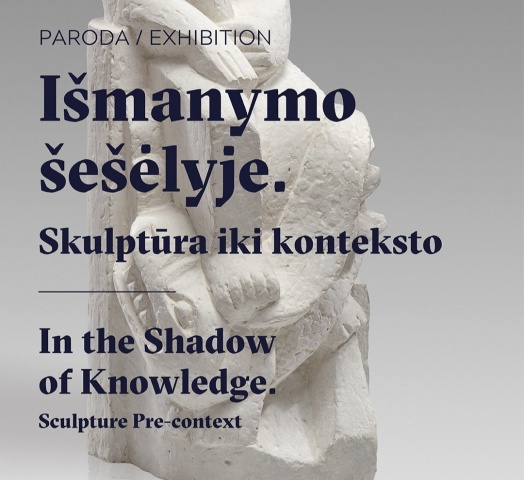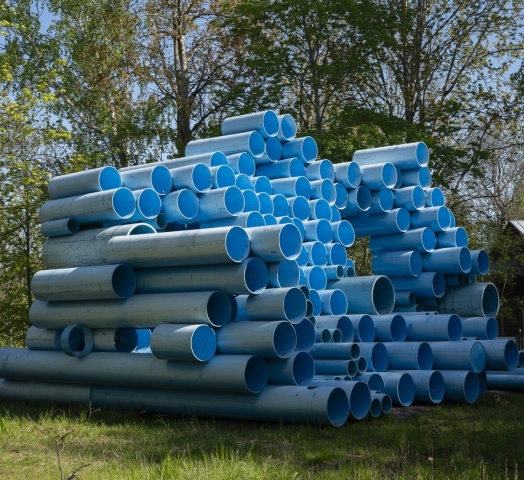In the Shadow of Knowledge. Sculpture Pre-context
“We also hold what resides in the shadow of knowledge,” remarked Vladas Urbanavičius, one of Lithuania’s most renowned sculptors, in conversation with the art critic Alfonsas Andriuškevičius. This idea defines the concept of the exhibition, which presents sculpture as a direct, sensory experience. Sculpture in the shadow of knowledge invites viewers to encounter sculptural objects before contextualizing their themes or meanings. Here, the emphasis is on the intrinsic properties of sculpture – its spatial presence, materiality, and emotional impact – elements we perceive immediately, before engaging in rational analysis and starting to “read” the work like a book. The exhibition unfolds in three sections: space, material, and dream. It features works from the TARTLE collection, spanning the 19th to the 21st centuries, with a strong focus on classical and modernist Lithuanian sculpture. Complementing these pieces are contemporary sculptures from artists’ private collections, which challenge tradition and invite new ways of seeing – offering moments of surprise and discovery.
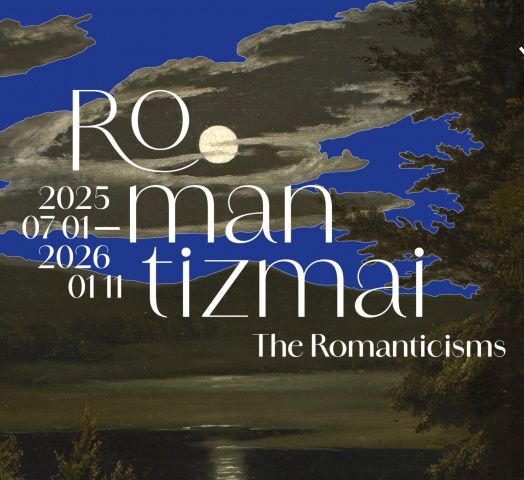
Emerging as a countermovement to the rationalism of Classicism, Romanticism swept across Europe as a new artistic and literary movement that opened up space for emotions, dreams, and individualism. The genius of the creator began to be boldly exalted, spiritual values were elevated above material ones, and those seeking moral support or inspiration were encouraged to look backwards, to a past stretching back centuries. In Lithuania, however, Romanticism ‘lingered’; rather than yielding to Realism, which was gaining prominence in the West during the second half of the 19th century, it transformed into Neo-romanticism, or National Romanticism, which inventively employed the expressive means of Symbolism, Art Nouveau, and other contemporary styles. Some artworks at the exhibition were loaned by TARTLE.
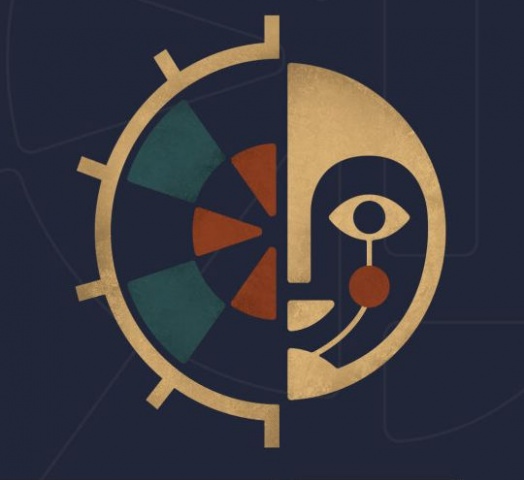
On June 6th the exhibition “Creative gene” was opened in Pakruojis for the 120th anniversary of the birth of one of the most prominent Lithuanian artists, Stasys Ušinskas. TARTLE has lent 9 artworks by Stasys Ušinskas for the exhibition.
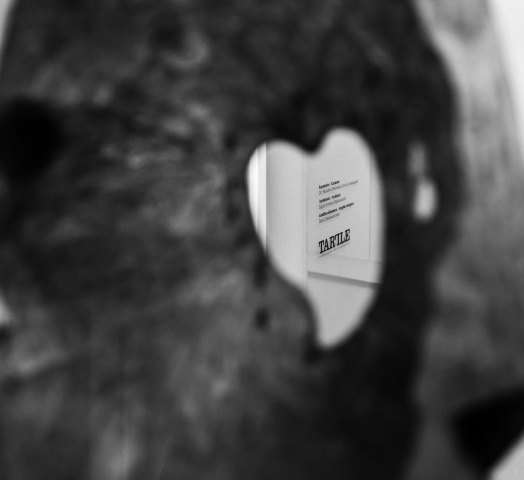
Currently we are changing the exhibition. We will be open for visitors starting from June.
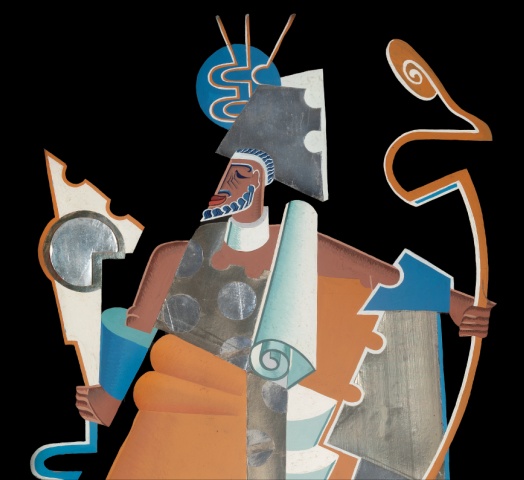
The exhibition ‘Stasys Ušinskas: The Iceberg of Lithuanian Modernism’ at the Museum of Applied Arts and Design.
From June 8 to September 21, 2025, you can visit Gediminas and Nomeda Urbonai installation Futurity Island from the TARTLE collection at the Helsinki Biennale.
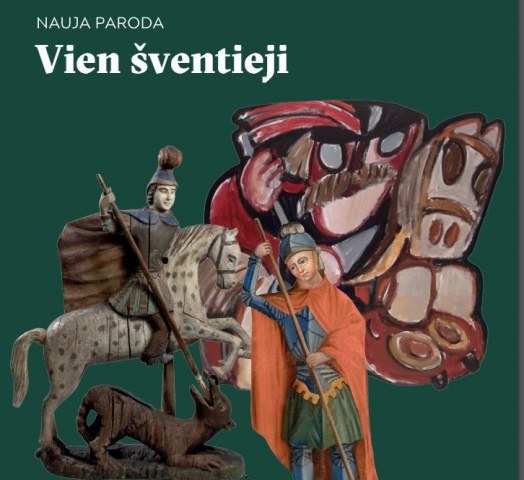
In the TARTLE exhibition ‘Solely Saints’, we welcome you to explore depictions of saints spanning from the 16th century to contemporary times.
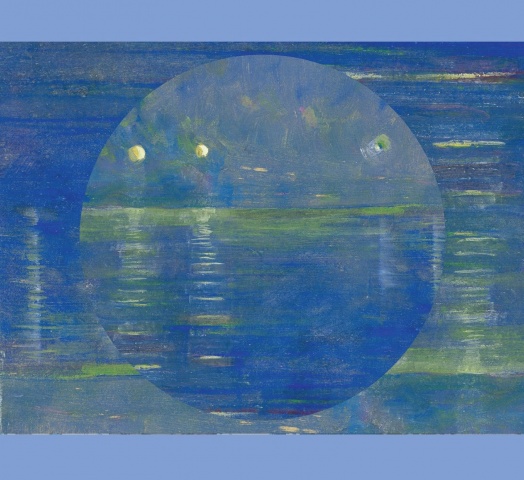
Celebrate the 150th anniversary of the birth of Mikalojus Konstantinas Čiurlionis, Lithuania’s most famous composer and Symbolist painter!
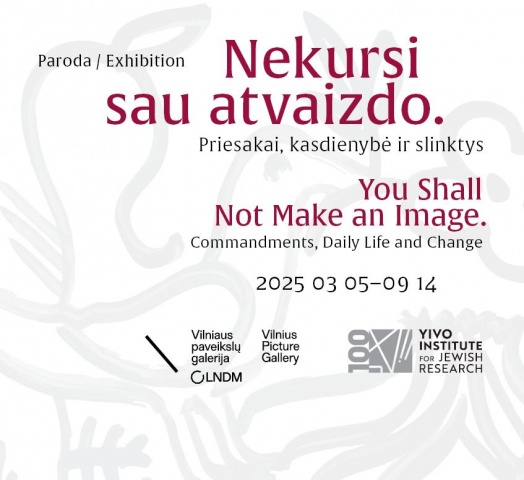
Exhibition opening at 5.30 pm on Wednesday, 5 March 2025 at Vilnius Picture Gallery of the LNMA (Didžioji 4, Vilnius).
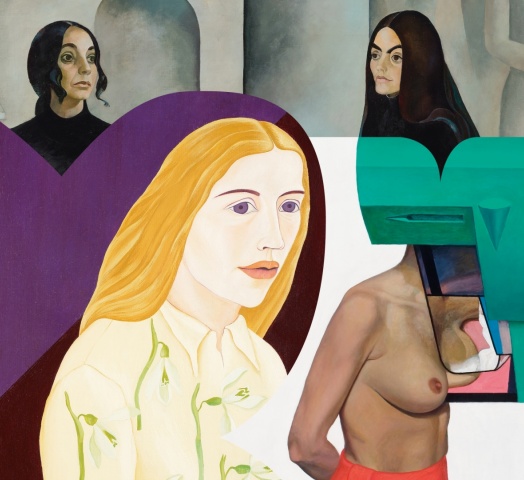
The exhibition, currently open at Zuzeum Art Centre in Riga, focuses on the works of three Baltic women artists – Malle Leis (1940–2017), Maija Tabaka (1939) and Marija Teresė Rožanskaitė (1933–2007) – in the late Soviet era of the 1970s and 1980s. All three of the artists challenged contemporary art discourses through non-conventional approaches to self-representation, ways of creating space and reflections on being artists. TARTLE has lent the artwork \"The Birth\" (1983) and \"Yellow Draperies\" (1991) by Marija Teresė Rožanskaitė for the exhibition.The exhibition focuses on the works of three Baltic women artists – Malle Leis (1940–2017), Maija Tabaka (1939) and Marija Teresė Rožanskaitė (1933–2007) – in the late Soviet era of the 1970s and 1980s. All three of the artists challenged contemporary art discourses through non-conventional approaches to self-representation, ways of creating space and reflections on being artists. TARTLE has lent the artwork \"The Birth\" (1983) and \"Yellow Draperies\" (1991) by Marija Teresė Rožanskaitė for the exhibition.





